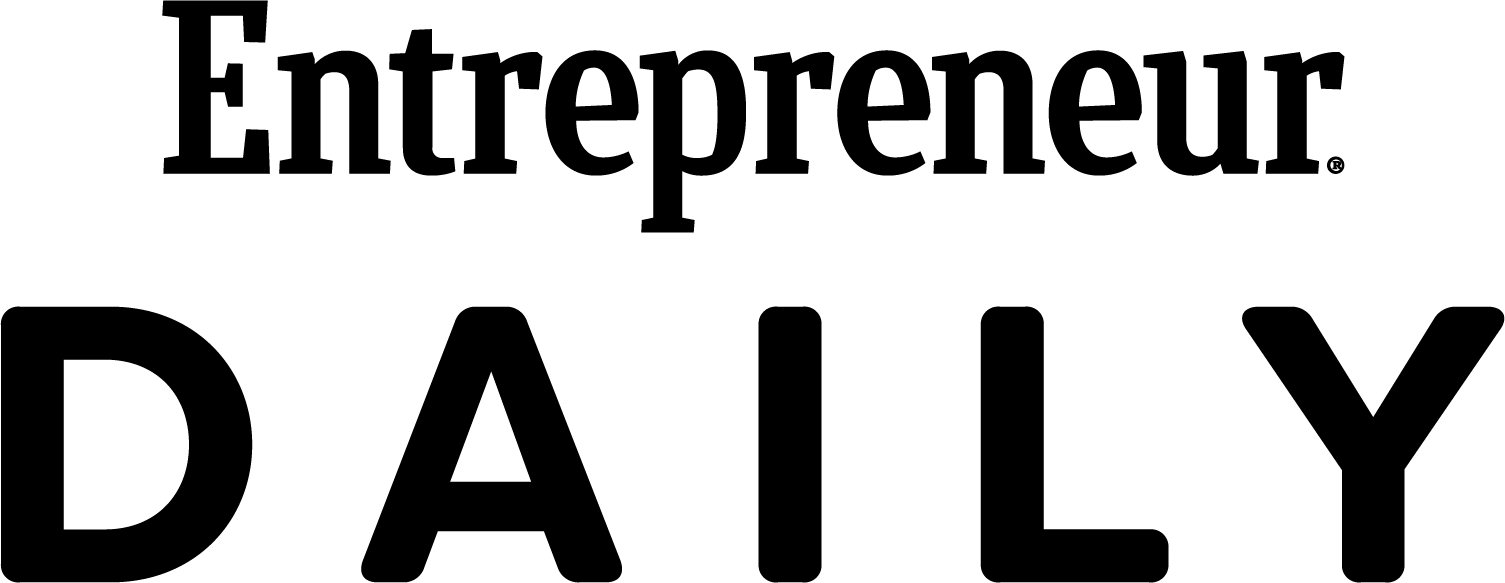Reversing Higher-Ed Enrollment Declines Starts with Strategic Communication and Demonstrating Return on Investment To counteract current higher-ed enrollment declines, institutions must connect with their students through strategic communications to create a strong and consistent engagement experience that integrates with other facets of their lives while conveying the value of both academic and co-curricular experiences at their respective institutions.
By Adam Hopkins •

Opinions expressed by Entrepreneur contributors are their own.
Any higher-ed practitioner with their finger on the pulse of enrollment during the past 22 months would likely agree that the pandemic has affected undergraduate enrollment across the country. However, there were clear signs prior to the pandemic indicated that an enrollment challenge was on the horizon.
Enrollment challenges are multifaceted and varied. How can institutions offset these challenges with efforts that will move the needle without needing additional resources?
To counteract the current enrollment slides, institutions must connect with their students through strategic communications to create a strong and consistent engagement experience that integrates with other facets of their lives while conveying the value of both academic and co-curricular experiences at their respective institutions.
Higher education was too comfortable
Just a few years ago, the value of higher education was rarely questioned. Research clearly pointed to a college degree delivering better initial job prospects, higher lifetime wealth and plenty of opportunities for advancement. With no serious counterargument and a comfortable position within societal priorities, higher education was arguably too complacent and comfortable. However, due to rising tuition and a changing job market, the tides have turned — but not all is lost. Institutions can right the ship, but it is important that it be done quickly.
The first step to a true recovery requires institutions to understand and meet students where they are from an engagement perspective. Netflix and Amazon reflect the types of tailored experiences consumers expect, and higher education is no different. Technology investments that support engagement, artificial intelligence, machine learning, communication and analytics are no longer optional but required. Identifying efficiencies through automation, centralization and increased coordination are critical to creating the desired prospective and enrolled student experience.
Related: Top 50 Best Graduate Programs for Entrepreneurs in 2022
Strategic communication — more than just messaging
Engagement is essential for both the recruitment of prospective students and retention of current students but getting either type of student to engage and remain engaged is the first challenge. In most cases, this connection happens through a strategic communication plan that accounts not just for the message, but the methods of communication, frequency and paths within the plan.
Today, many institutions continue to be frustrated by the lack of engagement results yielded by their current communications, which tend not to be personalized either in messaging or in the ways and timing in which students wish to engage. The days of having a handful of generic or lightly personalized messages have passed. Institutions must utilize and deploy communications that incorporate personalization reflecting both content and student behavior as part of an overall recruitment, retention and communications strategy. The key is to deliver the right message at the right time through the right channel(s). To drive engagement effectively, institutions need to use a multi-path and multi-channel approach enabled by technology. For example, if a student has not interacted with an email, the next step should be to try to engage them through SMS or phone. While these are expected adjustments, the important takeaway is the change in method needs to be automated.
Not only should the outreach method and student behavior be considered, but the content should be personalized based on data collected through interactions. These insights can range from data received during conversations with the student, information submissions through various forms, or even utilizing web tracking on an institution's website. For instance, if a student is perusing the website and interacting with content about a co-curricular club or organization, efforts should be made to proactively use this in future communications in addition to other known information. Intelligent and dynamic content generation is key to meeting the expectations of personalized student communication.
Return on investment key in interactions
Proving the overall value a college experience brings is now considered table stakes in today's higher-ed recruitment and enrollment conversations. To demonstrate the return on investment of earning a degree and gaining associated experiences within any given college or university, it is critical to communicate the value as it relates to life post-graduation. Utilizing and promoting job market data and relating how this data ties to institutional programming is vital.
In addition to these insights, the successes and perspectives of an institution's alumni are invaluable in communicating that same message. While alumni from many years ago can still help to demonstrate long-term success, conveying the successes of recent graduates who have completed degrees within the last three to five years is especially compelling to both prospective students and their parents. The effort to gather and incorporate strong alumni stories requires a great deal of cooperation between the alumni engagement and admissions offices through a deeper partnership than is found on many campuses today. However, the future success and overall health of the institution and higher education depends on this mutually beneficial collaboration effort.
Related: Top 50 Best Undergrad Programs for Entrepreneurs in 2022
Still seeking the magic formula
The magic enrollment formula is quite complex and is constantly being revised. Adjustments can be made to academic programming, scholarship amounts and the latest co-curricular offerings. However, a successful enrollment foundation lies with three key elements that work together — effective engagement driven by a strategic and personalized communication plan that incorporates powerful ROI messaging. Deciding whether to incorporate this foundation will determine which institutions find themselves best placed for success with future student enrollment and continued growth.











